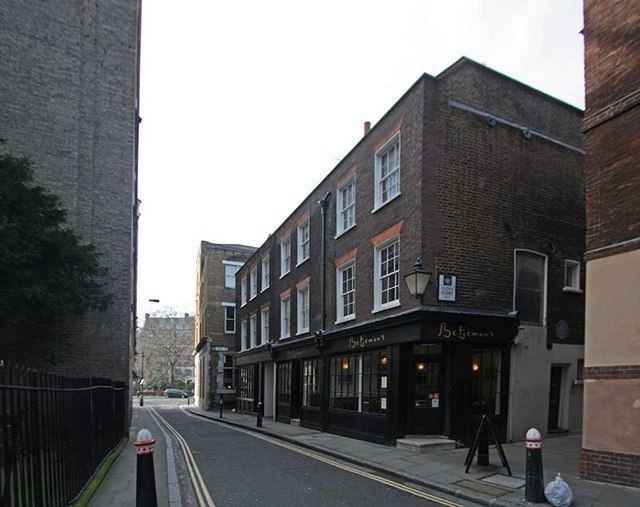Formation 1965 | Region served Predominantly UK | |
 | ||
Legal status Building conservation and preservation charity Website www.landmarktrust.org.uk | ||
The Landmark Trust is a British building conservation charity, founded in 1965 by Sir John and Lady Smith, that rescues buildings of historic interest or architectural merit and then makes them available for holiday rental. The Trust's headquarters is at Shottesbrooke in Berkshire.
Contents
- In media
- Properties
- Channel Islands
- Lundy
- Belgium
- France
- Italy
- United States
- Properties under restoration
- Projects under consideration
- Former properties
- Other properties owned by the Trust
- Handbooks
- Archives
- References
Most Trust properties are in England, Scotland and Wales. Several are on Lundy Island off the coast of north Devon, operated under lease from the National Trust. In continental Europe there are Landmark sites in Belgium, France and Italy. Five properties are in the United States — all in Vermont — one of which, Naulakha, was the home of Rudyard Kipling in the 1890s.
The Trust is a charity registered in England & Wales and in Scotland. The American sites are owned by an independent sister charity, Landmark Trust USA. There is also an Irish Landmark Trust.
Those who rent "Landmarks" provide a source of funds to support restoration costs and building maintenance. The first rentals were in 1967 when six properties were available. In 2015 the Trust had 196 properties available. Landmark sites include forts, farmhouses, manor houses, mills, cottages, castles, gatehouses, follies and towers and represent historic periods from medieval to the 20th century.
In media
In May 2015 five life-sized sculptures by Sir Antony Gormley, titled Land, were placed near the centre of the UK and at four compass points, in a commission by the Landmark Trust to celebrate its 50th anniversary. They were at Lowsonford (Warwickshire), Lundy (Bristol Channel), Clavell Tower (Dorset), Saddell Bay (Mull of Kintyre), and the Martello Tower (Aldeburgh, Suffolk).
The work of the Trust was the subject of a six-part Channel 4 television documentary, Restoring Britain's Landmarks, first broadcast in October 2015.
Properties
The following lists aim to be complete and illustrate both the variety of structures and geographical spread of the trust. In the Trust's early years, prior to the incorporation of the charity, properties were often bought with the support of the Manifold Trust. The Trust's current portfolio also includes properties bequeathed to the Trust, leased, or operated through a management agreement on behalf of other owners. Dates of acquisition and first lettings are shown where available from Landmark Trust or other published sources; time differences between dates often reflect previous/current ownership and the extent of restoration required.
Channel Islands
Lundy
The Landmark Trust manages the Island of Lundy in the Bristol Channel on behalf of the National Trust, and operates a number of holiday cottages there. The properties managed by the Trust include:
Belgium
France
Italy
United States
Properties under restoration
As at December 2016, the following properties were being restored by the Trust for future lettings:
Projects under consideration
As at December 2016, the following properties were being considered for restoration and future lettings:
Other properties previously considered by the Trust include:
Former properties
Properties formerly run as holiday lets and owned, leased or run by the Landmark Trust on a management arrangement basis include:
Other properties owned by the Trust
In addition to properties let for Holiday rentals, the Trust has been bequeathed other properties which it has refurbished and managed in other ways. These include:
Handbooks
Details of each property available to rent are available online, on the Trust's website, and in a Handbook. Twenty-five editions of the Handbook have been published to December 2016:
Archives
The Landmark Trust Lundy Island Philatelic Archive was donated to the British Library Philatelic Collections in 1991 and is located at the British Library.
